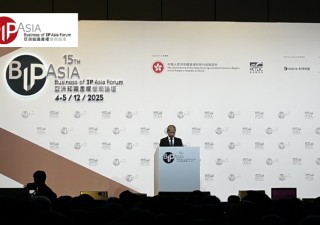As universities in the region continue climbing in global rankings, Asia IP asked lawyers in China, India, Hong Kong, Malaysia and Vietnam how the apparent surge of educational quality would affect their IP scenes.
It cannot be denied. More and more universities from Asia are barging into the Times Higher Education World University Rankings (THE). Some have even penetrated the elite Top 20 list, which otherwise continues to be dominated by universities from the United Kingdom and the United States.
In THE’s 2021 rankings, Tsinghua University in Beijing made it to the Top 20 for the first time, making it the highest-ranked university from Asia.
In its 2022 rankings, covering 1,662 educational institutions in 99 countries and territories, Peking University joins Tsinghua in the magic circle of 20 top universities in the world, tying for 16th place. National University of Singapore almost made it to the Top 20, as it occupies 21st spot, four notches up from its 25th spot in 2021. Alongside these three in the current Top 50 are the University of Hong Kong, 30th; University of Tokyo, 35th; Nanyang Technological University, Singapore, 46th; and Chinese University of Hong Kong, 49th – for a total of seven. In 2021, six Asian universities were in the Top 50.
There’s more:
In the 2016 edition of the World University Rankings, only two mainland Chinese universities figured in the Top 200. In the current rankings, the number has shot up to 10, making mainland China the country with the fifth-largest number of universities in the rankings.
In 2016, Hong Kong had three institutions in the Top 200. The number increased to five in the 2022 rankings. From four in 2016, South Korea now boasts of six universities in the 200-best list.
The rankings were based on 13 performance indicators across these components: teaching, research, knowledge transfer and international outlook. Over 108 million citations from more than 14.4 million research publications were analyzed. Surveys which attracted responses from nearly 22,000 scholars around the world were also included.
Regional impact
How will these developments impact innovation and investments in AI and other modern technologies in Asia as well as its intellectual property scene?
“I believe that this will open a host of opportunities such as foreign and domestic investments,” said Karen Abraham, partner and head of the IP practice at Shearn Delamore & Co. in Kuala Lumpur. “If local universities are able to exploit local talent, attract foreign talent and retain both, the respective Asian countries will be the prime beneficiaries of this talent and resource. If the potential of these students and their universities are noticed, it could stimulate funding opportunities that would drastically impact innovation efforts, investment in modern technology. This in turn would contribute to the growth of the IP scene in Asia. With technology advancing at a rapid rate, new systems would need to be adopted for the protection of IP.”
According to Yen Vu, executive and country manager of Rouse Legal Vietnam in Ho Chi Minh City, research productivity and research income, which are among the rankings’ criteria, have much to do with the local IP strategy and legal regulations.
“The increased representation of Asia’s universities in the rankings, in the very first place, is thus a satisfying result of Asian countries’ efforts in innovating and funding for R&D activities. With this solid proof of their effective IP strategies, China, South Korea, Japan and others will be highly motivated to keep up with their innovation efforts and funding for modern technologies,” Vu said.
Indeed, behind the gloss of this positive development is the continuous backing and pouring of support by governments in Asia to local educational institutions. Such support includes funding for research.



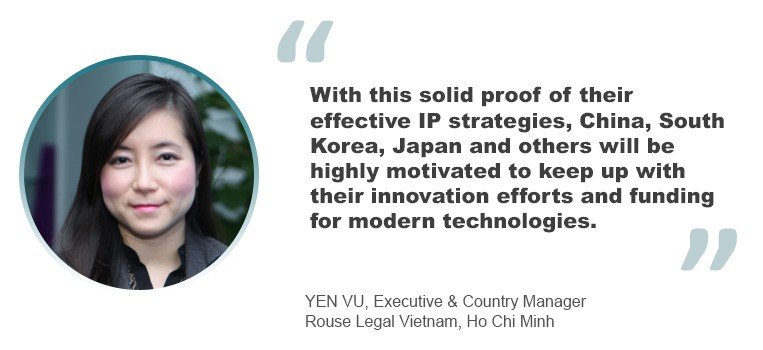
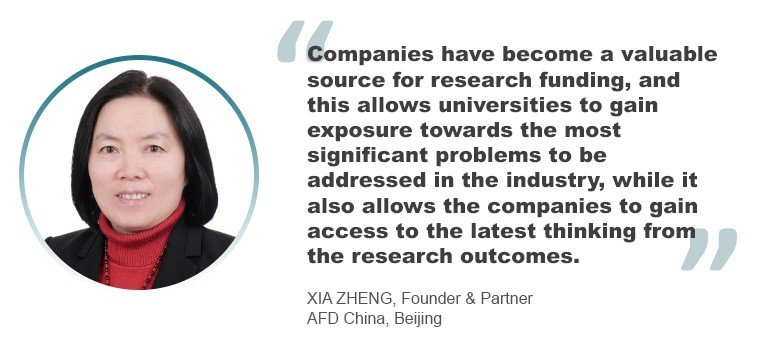
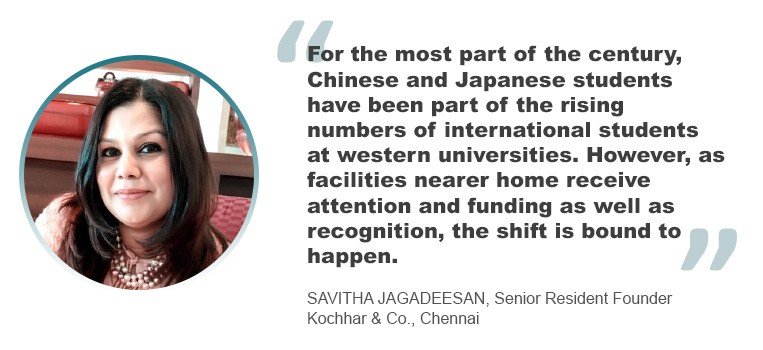
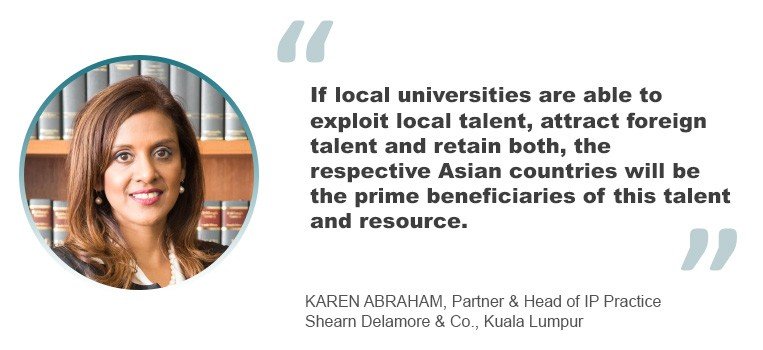

-content_x-large.jpg)

